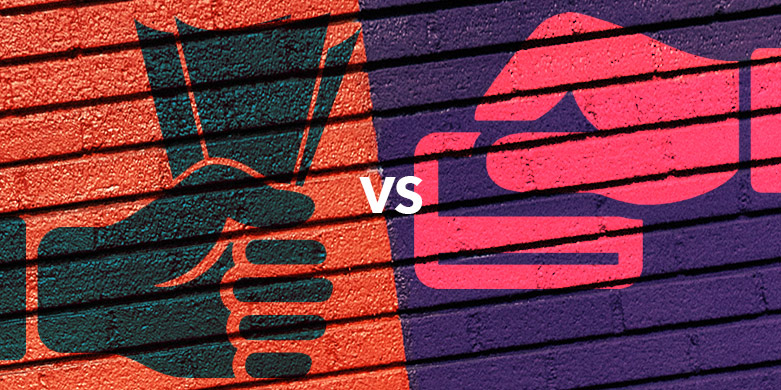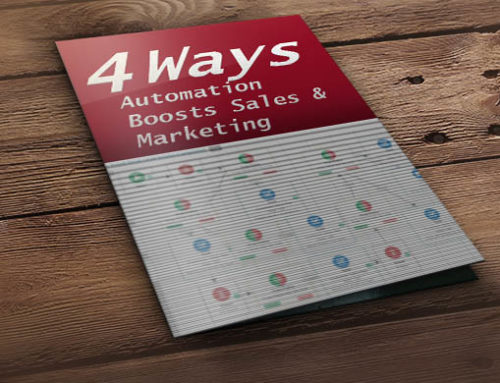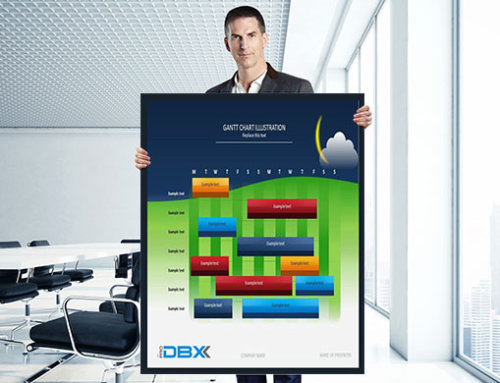As technology advances, many of our daily routines change in some form or another. Though revolutionary, the switch from physical cash to electronic currency brings with it pros and cons that range from less privacy to more convenience.
Let’s start by talking about what we’re already familiar with: cash. This physical system of money has stuck around us for too many years to count. It’s something we’re very familiar with. And for good reason too.
Cash is private. And what we mean by private is that it can’t exactly tracked. Sure, you can trace its trail, but the government can never know who owns which bill at which specific time. Therefore, you can go through many transactions without the fear of someone monitoring you from afar. You can remain anonymous.
Cash also doesn’t incur any explicit transaction costs. Meaning, you won’t be charged extra (aside from taxes) to use your physical money system. You can purchase items without having to pay a fee to use your cash.
There are, however, downsides to cash as well. For starters, you’ll be required to carry the money everywhere you go that you might want to make a transaction at. Cash cannot be transferred easily unless the parties are physically present. Additionally, cash can lose its purchasing power as time goes on, meaning what you could buy for a dollar last year might net you even less the next. If you lose cash, you’re essentially out of luck. Losing your debit/credit card can be inconvenient, but there are protections in place to insure your losses.
Moving on, electronic currency (in this context) is the same as hard cash with one exception. It is done completely electronically and digitally. This means that electronic currency must be controlled to an extent by a centralized bank.
This type of money system does have its advantages. One such advantage is the speed in which you can transfer money. With a simple click of a button, you can send the digital money overseas and see results within minutes or even seconds.
Another advantage would be speedy transactions. As is demonstrated by today’s technology, transactions at stores become much faster with the swipe of a card. This eliminates the time it takes to find the cash, count it out, or write a check to pay for your transaction.
Electronic currency is not without drawbacks, however. In order for this system to work, we would need shared institutions such as the courts and regulators to protect people and the integrity of the currency being used. This would lead to new laws and regulations and will ultimately require time to adjust.
You can also bid farewell to your privacy with a centralized electronic monetary system. With regulations in place, transactions can be easily tracked. Governments and corporations could easily spy on your transactions. This may lead to individuals feeling self-conscious about their purchases labeling them.
Our society is advancing towards a more technological state. And while this may seem radical at first, it’s important to remember that the idea of digitizing paperwork was once seen as radical too.
Whether or not we make the actual switch, only time can tell. But one thing is for certain. Technology will always be advancing.






There are more ways to have electronic currency these days than every before. Do I think that cash will not be in your wallet some day? Not really, but having the many other options sure can make things a little more streamlined and easier for those that own and operate a business.
I still prefer to use cash when I can, but now that I see so many different options to spend with electronic currency, it is hard to ignore. This is a good comparison! Nice work!
I honestly hope we don’t switch to electronic currency. Really. I’d be way too paranoid about the government constantly monitoring what transactions I have. Or at least have the ability to. Still a good read though.
I have always been curious about this and how it works, but now much of my confusion has been cleared up. Thanks for the explanation! Informative article.